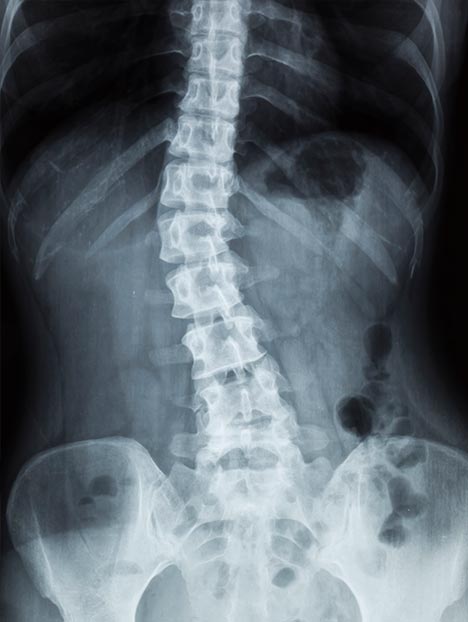Scoliosis is a complex 3D deformity of the spine and trunk, which appears in apparently healthy children, and can progress in relation to multiple factors during any rapid period of growth, or later in life. Functional Scoliosis is the result of muscle imbalances or postural deviation such as slouching a certain way for extended periods of time. Structural Scoliosis refers to actual changes to the vertebral structure, greater than 10 deg cobb with rotation (possible wedging of vertebra)
There is a flexible postural component of scoliosis that can be influenced by exercise. When the postural component of scoliosis is improved the scoliosis is less likely to progress once the child stops growing and other goals can be met.
Helping Scoliosis Through Physical Therapy
Scoliosis Therapy is an approach using cognitive, sensory-motor and kinesthetic training to teaches how to improve scoliosis 3D posture and shape in the assumption that scoliosis posture promotes curve progression.
Physiotherapeutic Scoliosis-Specific Exercise (PSSE) helps prevent curve progression. The sessions help improve aesthetics/cosmesis via 3D postural correction as well as improve general health. Functional limitations are reduced, improving respiratory functions, rib cage mobility and reducing pain levels. The ultimate goal is to avoid spinal fusion surgery if possible.
When to consider PSSE:
- Pain in adults
- Spinal deformity in Adolscents (+/- Pain)
- Back pain or disability
- Impaired breathing ability
- Progression or segmental instability during adult life
- Risk of progression and severity

